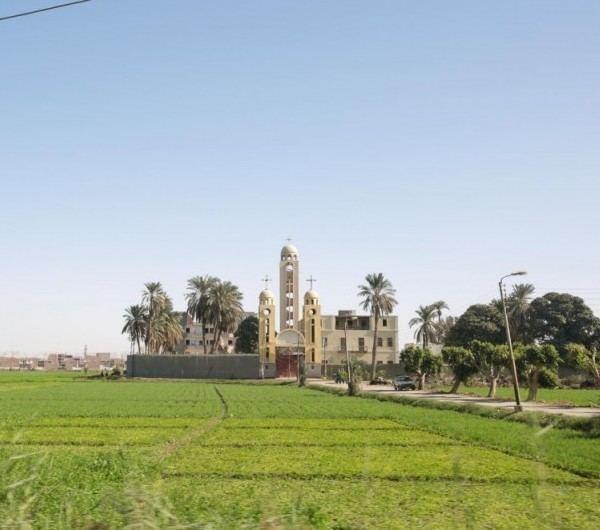 | ||
The roots upper egypt dilla joints mixtape
Upper Egypt (Arabic: صعيد مصر Saeid Misr, shortened to الصعيد Alssaeid; [esˤːe.ˈʕiːd], Coptic: ⲙⲁⲣⲏⲥ) is the strip of land on both sides of the Nile that extends between Nubia and downriver (northwards) to Lower Egypt.
Contents
- The roots upper egypt dilla joints mixtape
- Pharoah sanders upper egypt
- Geography
- Predynastic Egypt
- Dynastic Egypt
- Medieval Egypt
- 20th century Egypt
- List of rulers of prehistoric Upper Egypt
- References
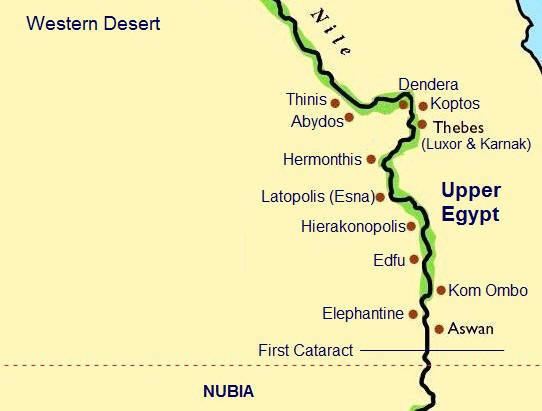
Pharoah sanders upper egypt
Geography
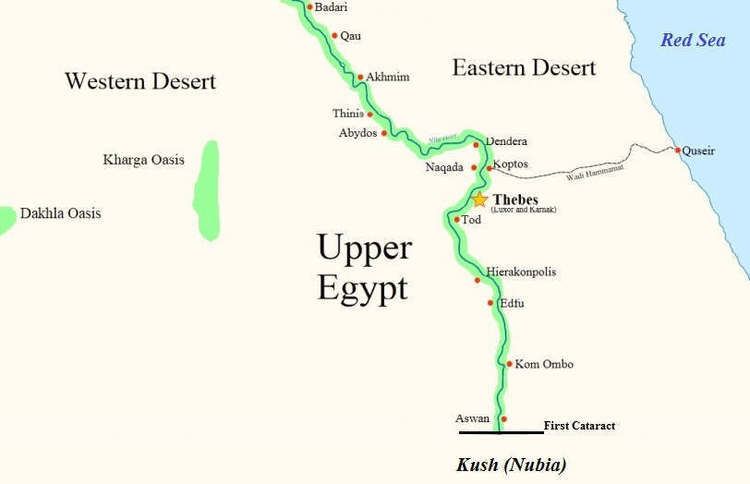
Upper Egypt is between the Cataracts of the Nile above modern-day Aswan, downriver (northwards) to the area between Dahshur and El-Ayait, which is south of modern-day Cairo. The northern (downriver) part of Upper Egypt, between Sohag and El-Ayait, is also known as Middle Egypt.
In Arabic, inhabitants of Upper Egypt are known as Sa'idis and they generally speak Sa'idi Arabic.

In ancient Egypt, Upper Egypt was known as tꜣ šmꜣw, literally "the Land of Reeds" or "the Sedgeland" It was divided into twenty-two districts called nomes. The first nome was roughly where modern-day Aswan is and the twenty-second was at modern Atfih just to the south of Cairo.
Predynastic Egypt
The main city of prehistoric Upper Egypt was Nekhen, whose patron deity was the vulture goddess Nekhbet.
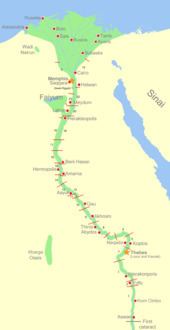
By about 3600 BC, Neolithic Egyptian societies along the Nile had based their culture on the raising of crops and the domestication of animals. Shortly after 3600 BC, Egyptian society began to grow and increase in complexity. A new and distinctive pottery, which was related to the Levantine ceramics, appeared during this time. Extensive use of copper became common during this time. The Mesopotamian process of sun-drying adobe and architectural principles—including the use of the arch and recessed walls for decorative effect—became popular during this time.
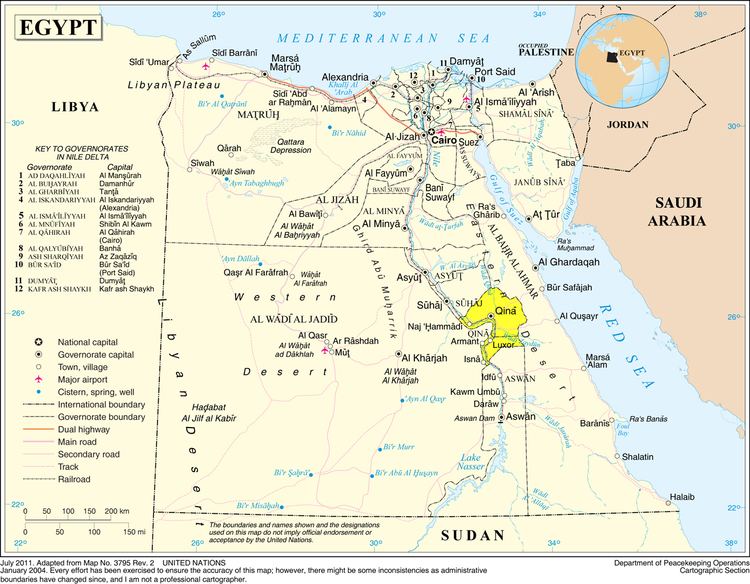
Concurrent with these cultural advances, a process of unification of the societies and towns of the upper Nile River, or Upper Egypt, occurred. At the same time the societies of the Nile Delta, or Lower Egypt also underwent a unification process. Warfare between Upper and Lower Egypt occurred often. During his reign in Upper Egypt, King Narmer defeated his enemies on the Delta and merged both the Kingdom of Upper and Lower Egypt under his single rule.
Dynastic Egypt
For most of pharaonic Egypt's history, Thebes was the administrative center of Upper Egypt. After its devastation by the Assyrians, its importance declined. Under the Ptolemies, Ptolemais Hermiou took over the role of Upper Egypt's capital city. Upper Egypt was represented by the tall White Crown Hedjet, and its symbols were the flowering lotus and the sedge.
Medieval Egypt
In the 11th century, large numbers of pastoralists, known as Hilalians, fled Upper Egypt and moved westward into Libya and as far as Tunis. It is believed that degraded grazing conditions in Upper Egypt, associated with the beginning of the Medieval Warm Period, were the root cause of the migration.
20th-century Egypt
In the 20th-century Egypt, the title Prince of the Sa'id (meaning Prince of Upper Egypt) was used by the heir apparent to the Egyptian throne.
Although the Kingdom of Egypt was abolished after the Egyptian revolution of 1952, the title continues to be used by Muhammad Ali, Prince of the Sa'id.
List of rulers of prehistoric Upper Egypt
The following list may not be complete (there are many more of uncertain existence):
